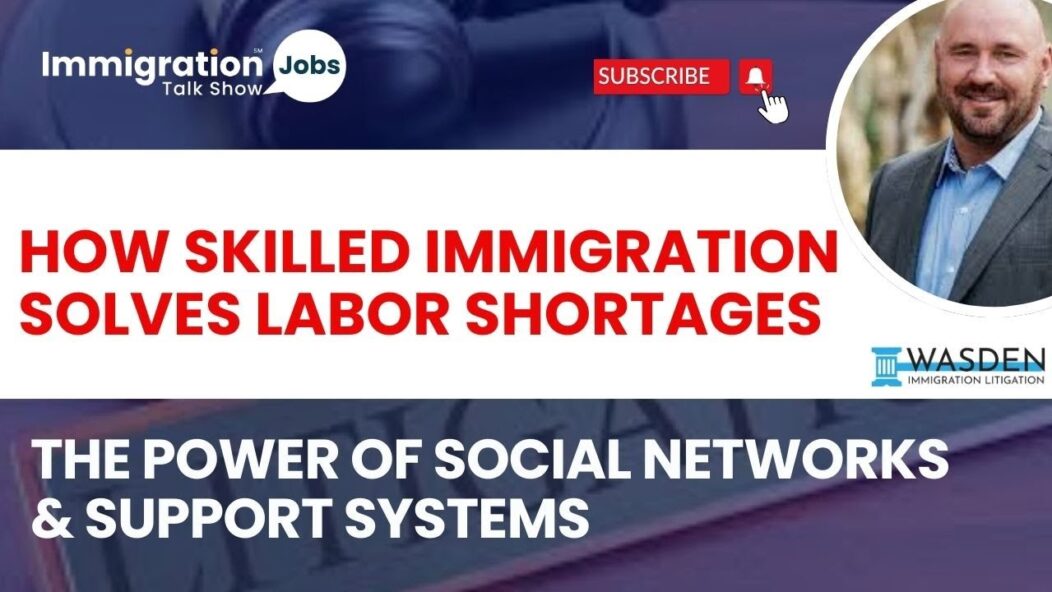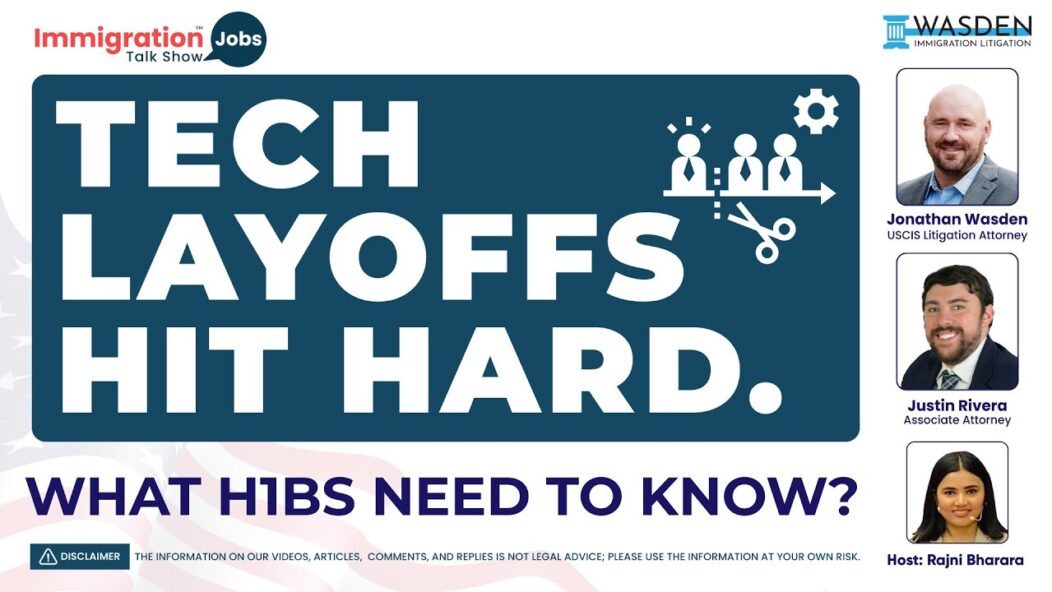The U.S. Citizenship and Immigration Services (USCIS) recently announced that the cap for 20,716 additional H-2B visas for returning workers has been met for the first half of fiscal year 2025. These visas are for non-agricultural temporary workers with start dates before March 31, 2025. However, a separate allocation of 20,000 visas remains available for workers from certain eligible countries. In this article, we break down the latest updates, provide context, and explain how an immigration attorney can assist with this process.
Key Takeaways
- The supplemental H-2B visa cap of 20,716 for returning workers has been reached as of January 7, 2025.
- An additional 20,000 visas are still available for nationals of seven eligible countries.
- The H-2B program continues to address U.S. labor shortages in non-agricultural industries.
- Early application is critical due to high demand and limited availability.
- Immigration attorneys can play a vital role in understanding the complexities of the H-2B visa process.
Context
The H-2B visa program was created to help U.S. employers hire temporary, non-agricultural foreign workers when local labor is unavailable. Historically, the demand for these visas has exceeded the annual cap of 66,000. To address this, Congress occasionally authorizes supplemental allocations, such as the 40,716 additional visas for FY 2025. This allocation reflects ongoing labor shortages and the need to balance immigration policies with workforce demands.
The FY 2025 H-2B Cap – An Overview
The supplemental cap of 20,716 H-2B visas for returning workers was fully utilized by January 7, 2025. These visas were designated for workers who previously held H-2B status and are returning to the U.S. for similar employment. Employers who missed this cap can still apply under the country-specific allocation or consider alternative visa programs.
The high demand for returning worker visas underscores the importance of timely applications for employers.
Country-Specific Allocations – A New Opportunity
Under the FY 2025 Temporary Final Rule, 20,000 additional visas are reserved for nationals of Colombia, Costa Rica, Ecuador, El Salvador, Guatemala, Haiti, and Honduras. This allocation aims to address labor shortages while fostering regional economic cooperation. As of January 7, 2025, only 3,678 of these visas had been claimed, leaving significant availability for eligible employers and workers.
The country-specific allocation provides a unique opportunity for eligible workers to secure H-2B visas, benefiting employers facing labor shortages.
Timing Is Everything in H-2B Applications
Demand for H-2B visas consistently outpaces supply, making it critical for employers to prepare and file applications early. Delays in submission can result in missing the cap, which often leaves employers struggling to fill crucial positions. Employers should also ensure compliance with documentation and eligibility requirements to avoid processing delays.
Early preparation and attention to detail can prevent missed opportunities and delays in the H-2B visa process.
What This Means for U.S. Employers?
Employers facing labor shortages in industries such as hospitality, construction, and landscaping rely heavily on the H-2B program. While the returning worker allocation is no longer available, the country-specific allocation and other visa programs offer alternatives. Employers should act quickly and consult with legal experts to explore these options.
Employers must stay informed and flexible to adapt to changes in visa availability and policy.
Legal Aid – Why Immigration Attorneys Are Essential?
Understanding the H-2B visa process involves understanding complex rules, adhering to strict timelines, and submitting accurate documentation. Immigration attorneys provide invaluable support by ensuring compliance, addressing legal concerns, and assisting with petitions. They also help workers understand their rights and obligations under the program.
Immigration attorneys simplify the H-2B application process for both employers and workers, reducing the risk of errors and delays.
Conclusion
The FY 2025 H-2B visa updates highlight the ongoing demand for temporary foreign workers in the U.S. While the cap for returning workers has been met, the country-specific allocation still provides opportunities for employers to meet their labor needs. Seeking legal assistance can help streamline the process and ensure compliance. To avoid missed opportunities, employers and workers should act quickly and consider professional guidance.
Frequently Asked Questions (FAQs)
What is the H-2B visa program?
The H-2B visa program allows U.S. employers to hire foreign workers for temporary, non-agricultural jobs when U.S. workers are unavailable.
What happens if the H-2B visa cap is reached?
Employers can apply under the country-specific allocation or explore other visa programs if the cap is reached.
Who qualifies for the country-specific allocation?
Nationals of Colombia, Costa Rica, Ecuador, El Salvador, Guatemala, Haiti, and Honduras with start dates before March 31, 2025, qualify.
How can an immigration attorney help with H-2B visas?
Attorneys provide expert guidance, ensuring applications are accurate, compliant, and submitted on time, minimizing the risk of rejection.
When is the deadline for filing H-2B petitions under the country-specific allocation?
Applications will be accepted until the cap is reached or the March 31, 2025, start date passes.
Why are there supplemental H-2B visas for FY 2025?
The supplemental visas address labor shortages in critical industries while maintaining a balanced immigration policy.
Authors: Jonathan Wasden & Justin Rivera, Immigration Attorneys
How useful was this post?
Click on a star to rate it!









